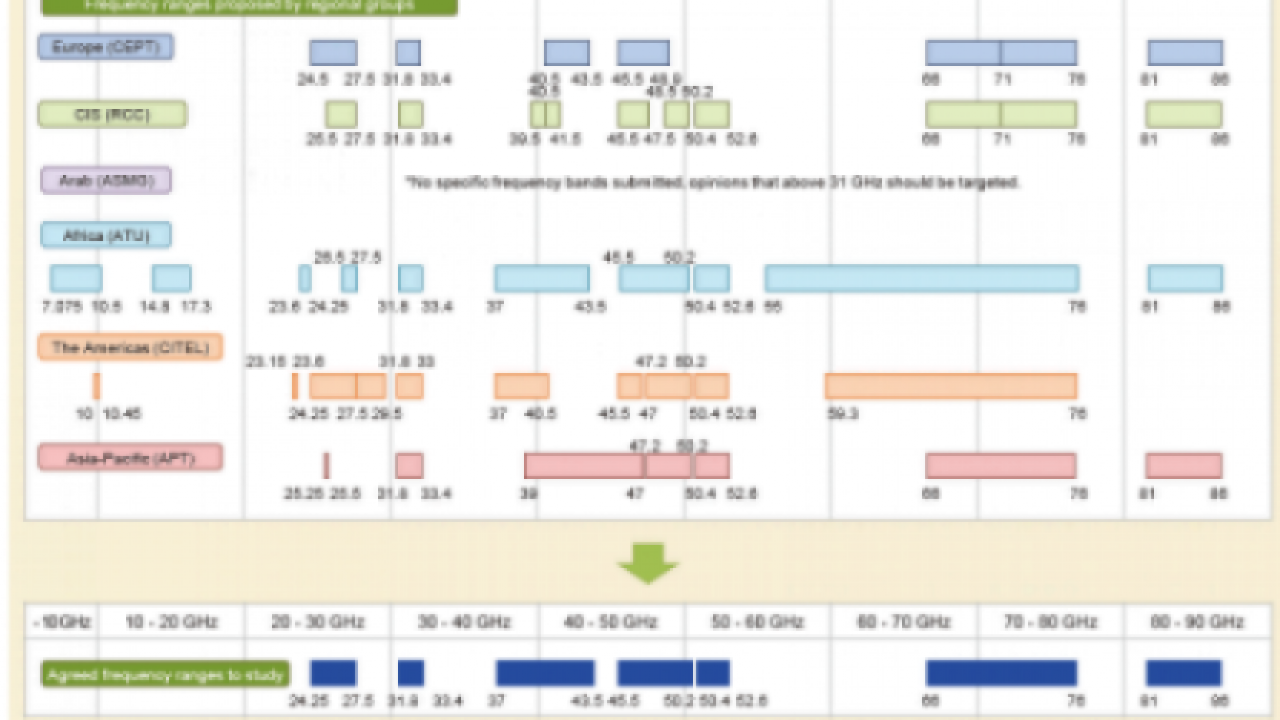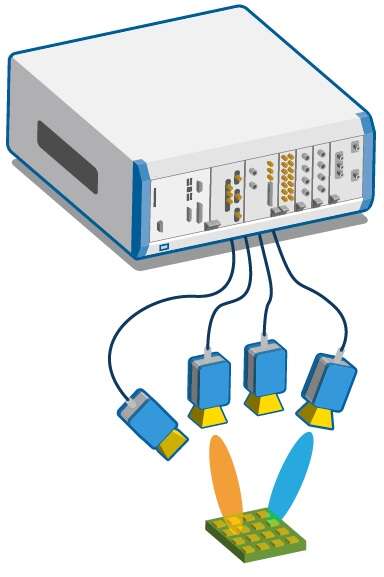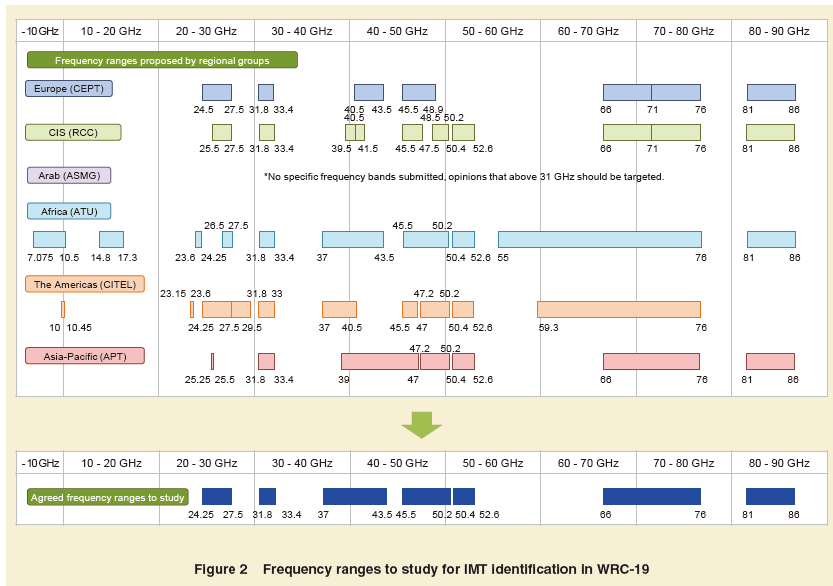Test is a key challenge for 5G
Article By : James Kimery

There are over 15 different centimeter wave and millimeter wave bands identified below 40 GHz for 5G NR access, and they all need to be simulated.
The most recent 3GPP (Third Generation Partnership Project) Plenary meeting in West Palm Beach, Florida confirmed that the industry continues to make excellent progress for meeting the goal of having the 5G New Radio (5G NR) physical layer defined by December 2017. But there is still a long road ahead.
One item that caught my eye during the meeting was the RAN4 report. RAN4 (short for the 3GPP RAN Working Group 4) is tasked with performing simulation of different RF system scenarios to derive minimum requirements for transmission and reception. Once the requirements are set, the group defines the test procedures that will be used to verify the operation primarily for the base station or access device.
Although much progress has been made on Layer 1 of the 5G NR specification (see ZTE kickstarts NSA 5G NR tests: What is it and why should we care?), standardization depends on RAN4 to run through the simulations to validate it. In addition, RAN4 must also derive test procedures and conditions that the equipment must operate at to fully comply.
As has been previously documented, the industry plans to deploy 5G technologies in a variety of different spectra including bands below 6 GHz. In fact, there are over 15 different centimeter wave (cmWave) and millimeter wave (mmWave) bands identified below 40 GHz for 5G NR access, and each band must be simulated.
When the 3GPP took on the challenge of defining 5G back in 2015, RAN4 was guided to continue work on LTE, as LTE continues to evolve. 5G NR was not expected to encroach on the LTE RAN4 work items. As most of us know, it is very difficult to add more work, especially work of this magnitude, without some price to pay either in resources or time.
In addition, 5G’s focus on mmWave for mobile access is going to  introduce new test challenges. Semiconductor companies are developing transceivers with integrated phased array antennas removing cable access common to LTE and other commercial wireless devices today.
introduce new test challenges. Semiconductor companies are developing transceivers with integrated phased array antennas removing cable access common to LTE and other commercial wireless devices today.
With no cable access these devices must be tested over the air. OTA testing entails several different challenges including repeatability, configuration, and coverage. Several companies have put forth proposals to address these test challenges but questions remain in terms of accuracy, test time, and ultimately cost. Whatever is included in the RAN4 documents, 5G components and devices must be tested differently with new techniques and technologies from their 4G predecessors.
With the 3GPP forging ahead with 5G NR, there is no doubt that considerable progress has been made and will continue to be made in the next year. The 5G momentum is unstoppable. The lens now falls on the practical aspects of developing a multi-vendor wireless standard, and the test & measurement players must step up and play a key role in moving the 5G agenda forward.
James Kimery is the director of marketing for RF, communications, and software defined radio initiatives at National Instruments.
Subscribe to Newsletter
Test Qr code text s ss



